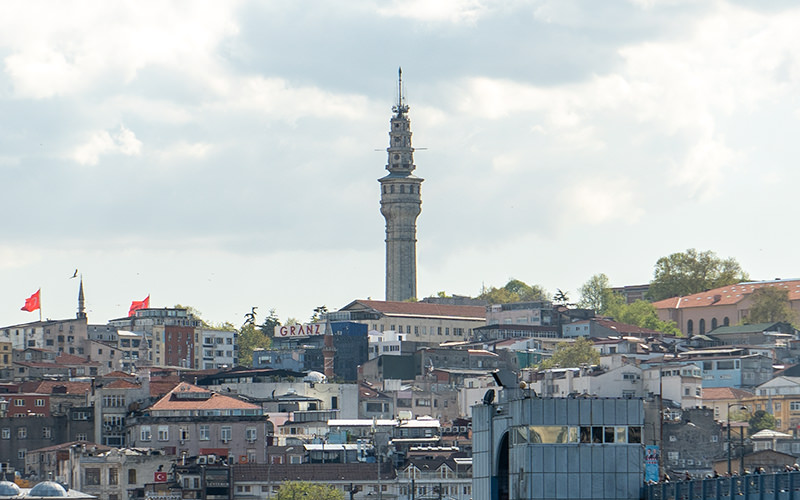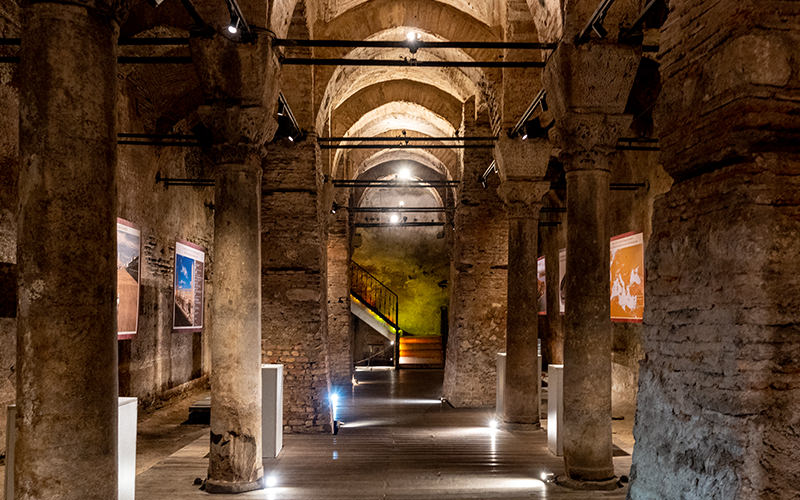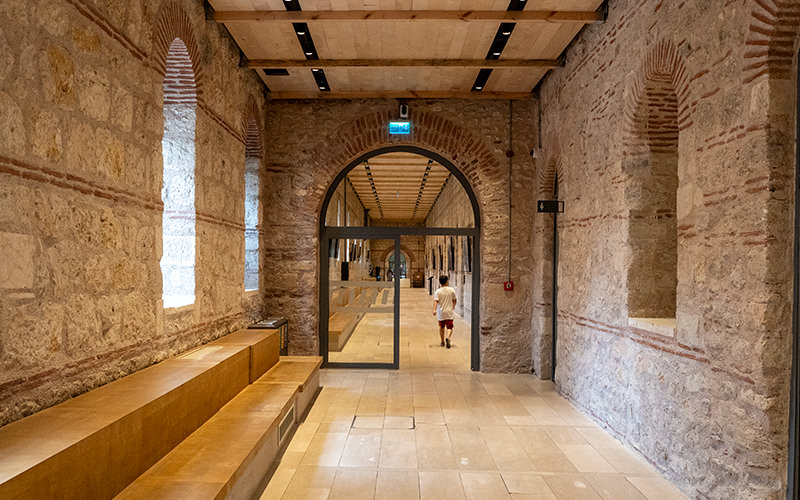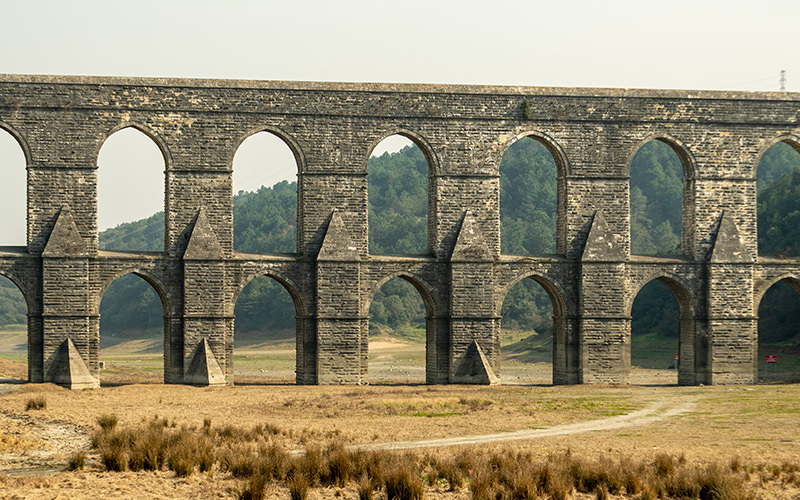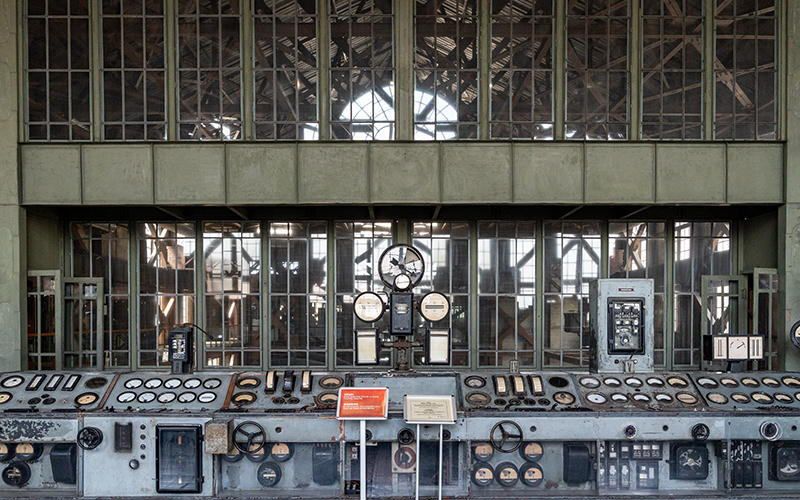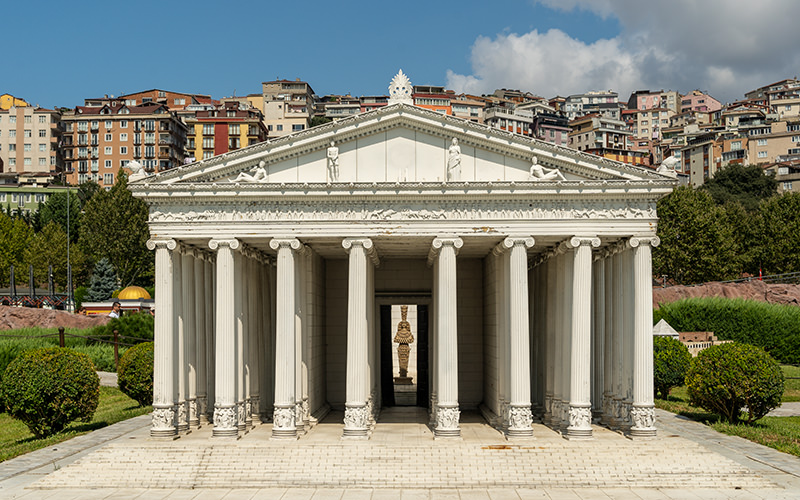Hi. Today I will continue my story about the ancient aqueduct system of Constantinople. In the previous article, we familiarized ourselves with the history of these ancient structures and looked at the Güzelce Kemer Aqueduct. Today, I will tell you about the Mağlova Aqueduct, known for having the widest arches among all similar structures in the world.
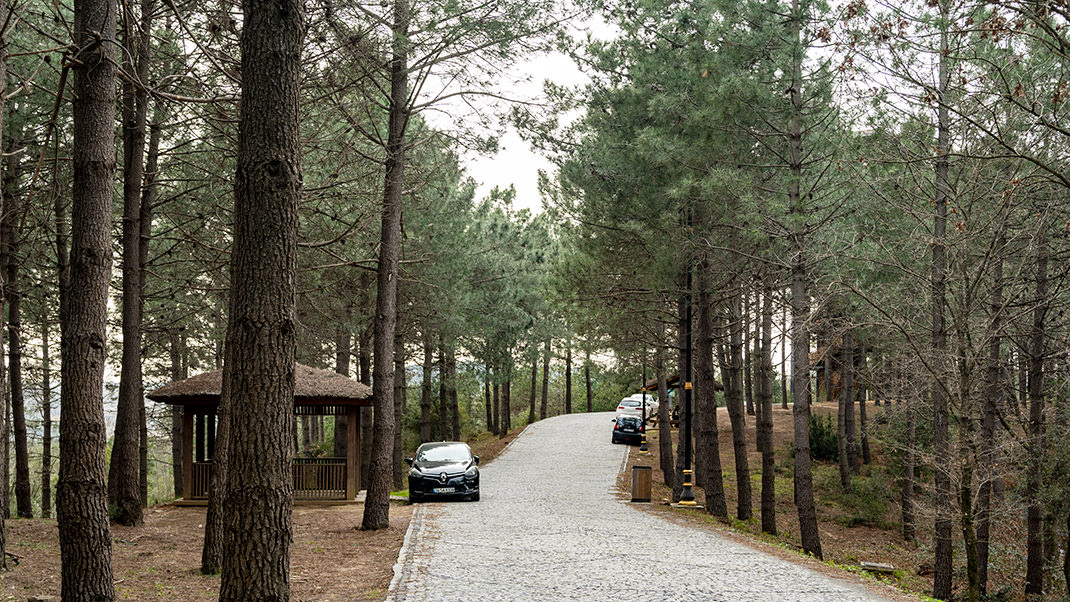
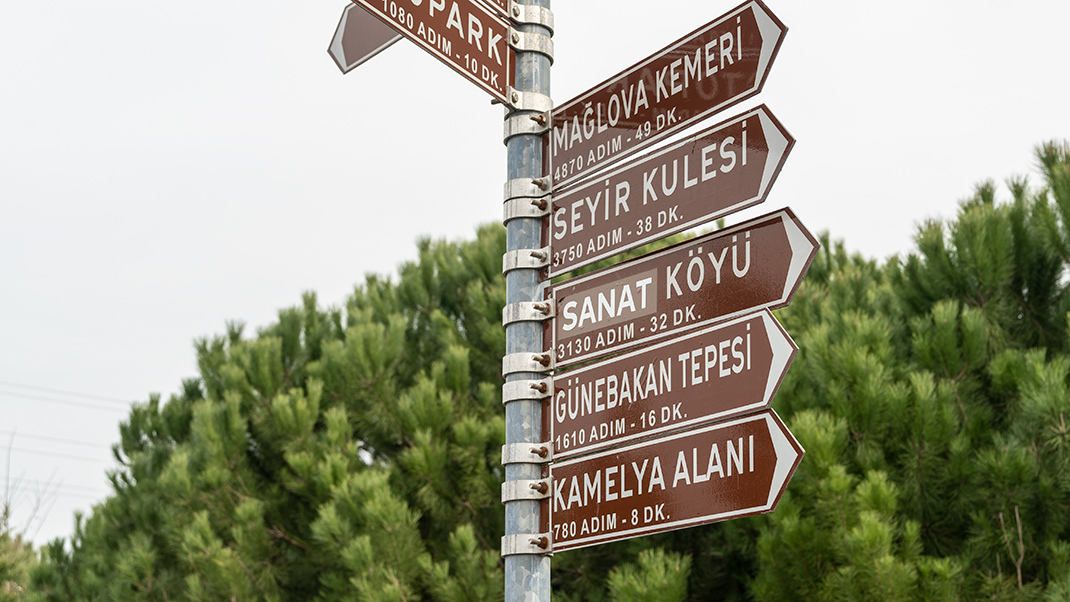
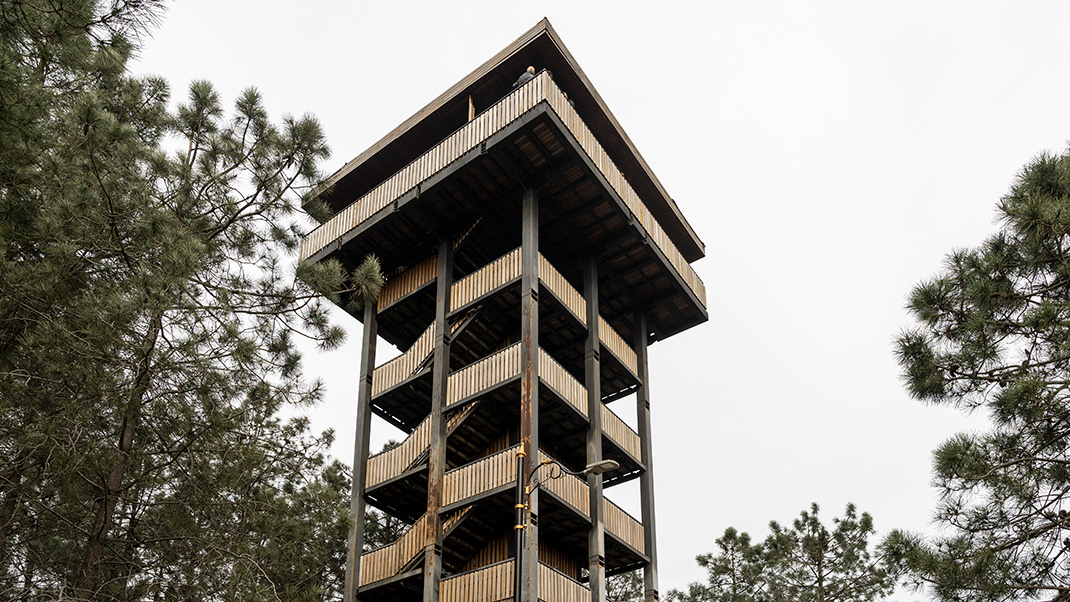
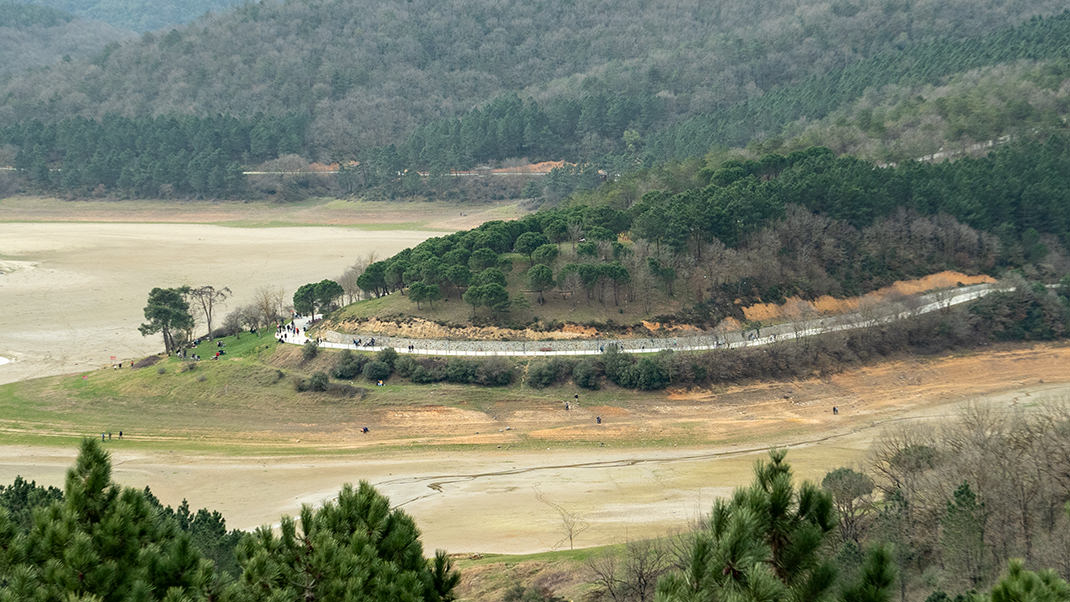
Mağlova Aqueduct
This grandiose structure belongs to the once-existing water supply system of Kırkçeşme. With its help, the sources located in Belgrade Forest provided water to the city of Constantinople.
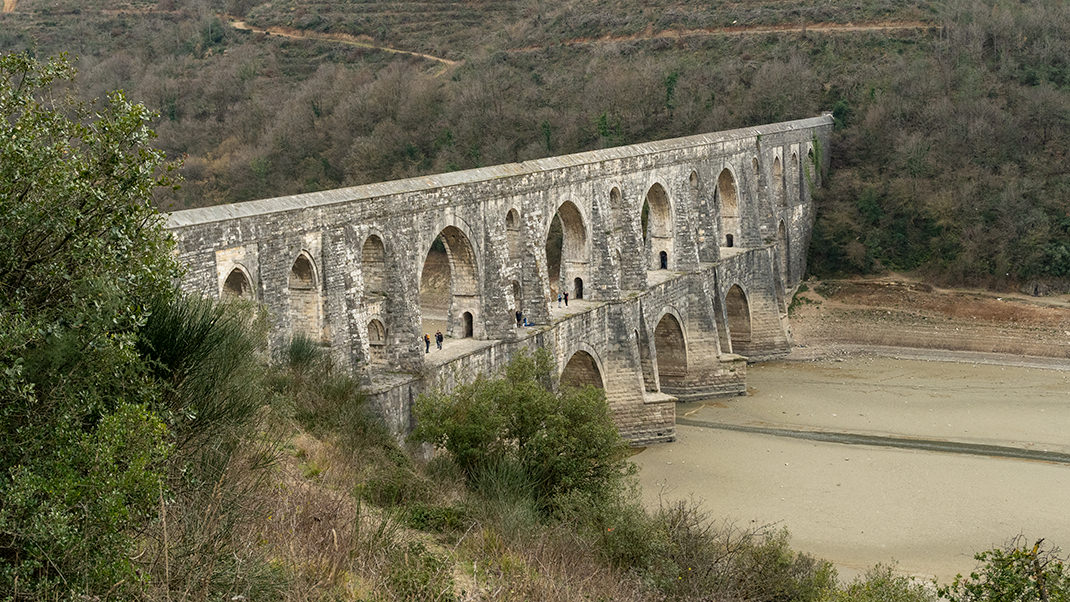
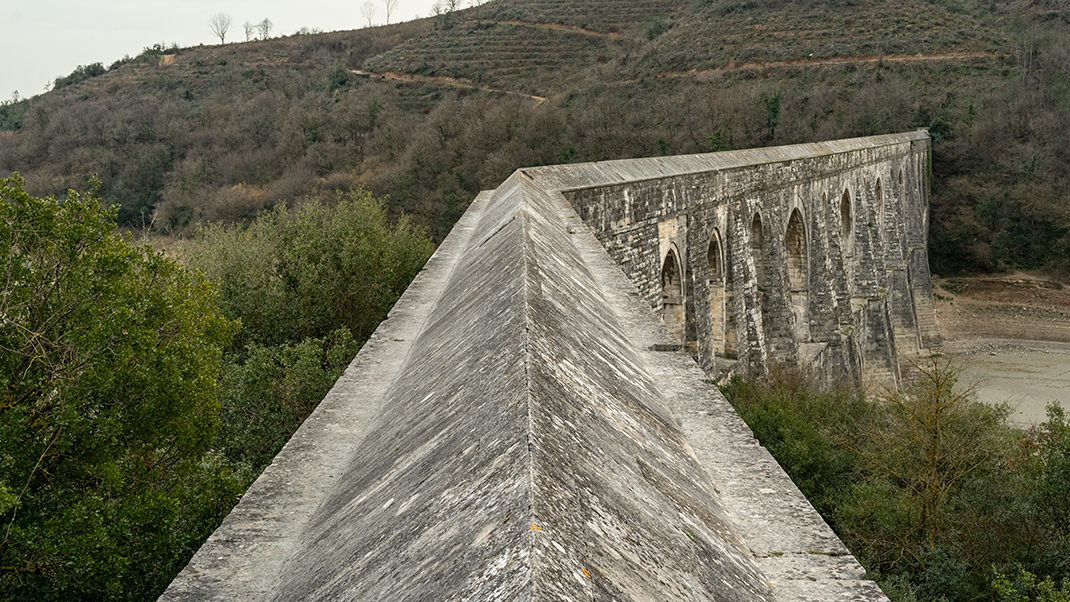
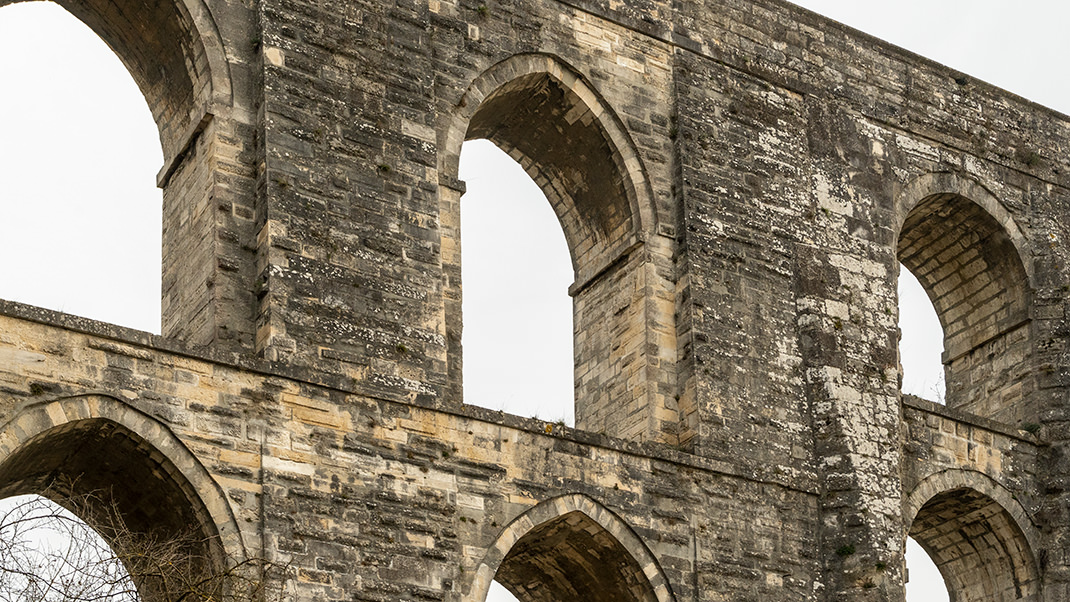
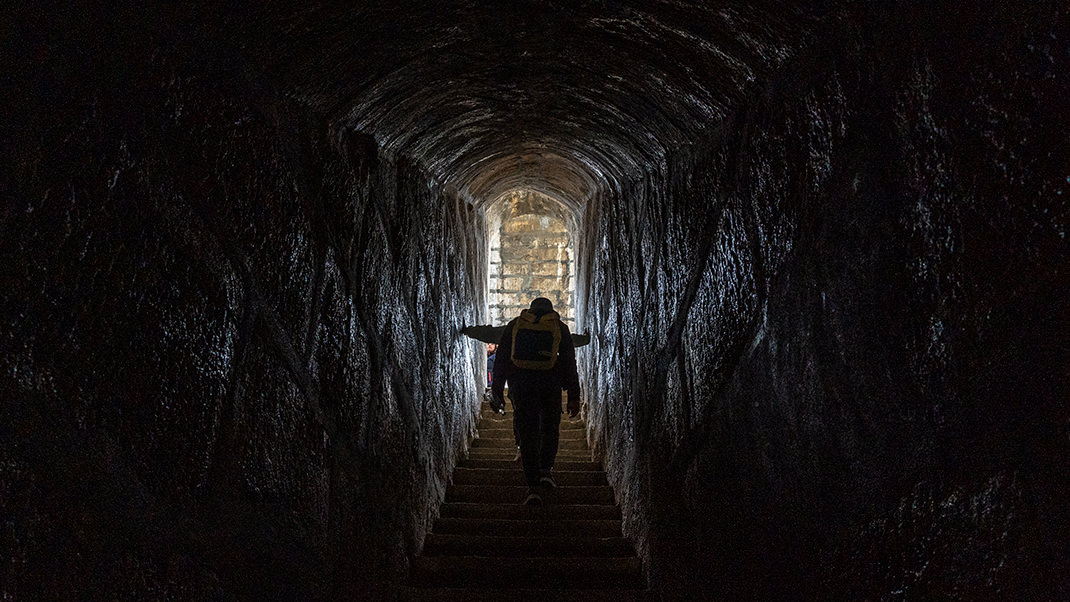
The Mağlova Aqueduct was built between 1554 and 1562. The length of the structure is 257 meters, the height is 36 meters, and the width at the base is 4.5 meters. Interestingly, just one year after its completion, the aqueduct suffered from a hurricane. However, the master architect Mimar Koca Sinan considered the mistakes in the previous calculations and reconstructed it. As for the architect himself, his name is quite well-known in Turkey. For example, Istanbul University of Fine Arts is named in his honor.
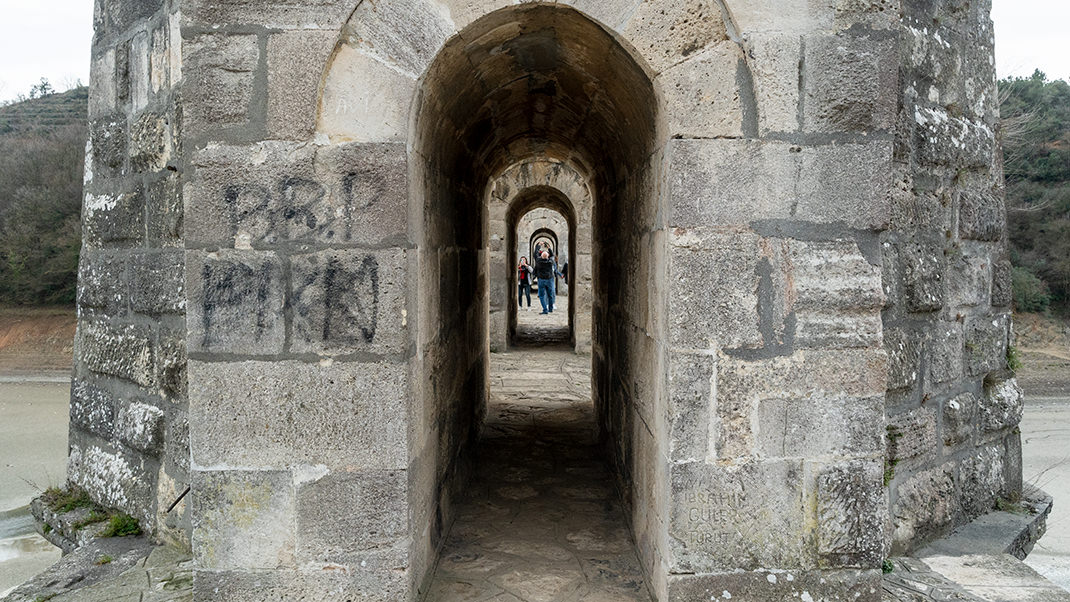
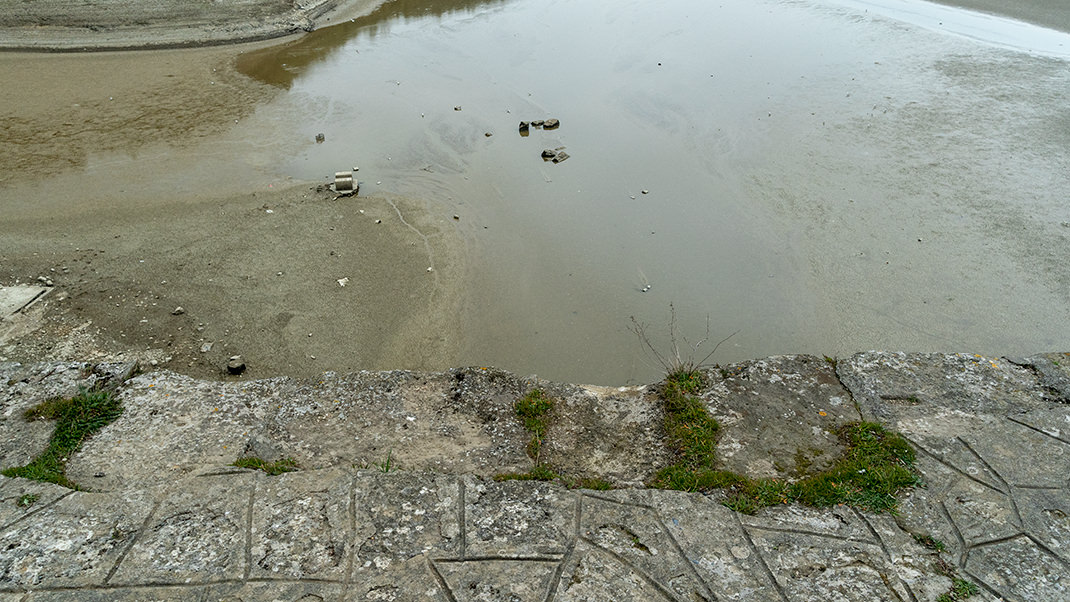
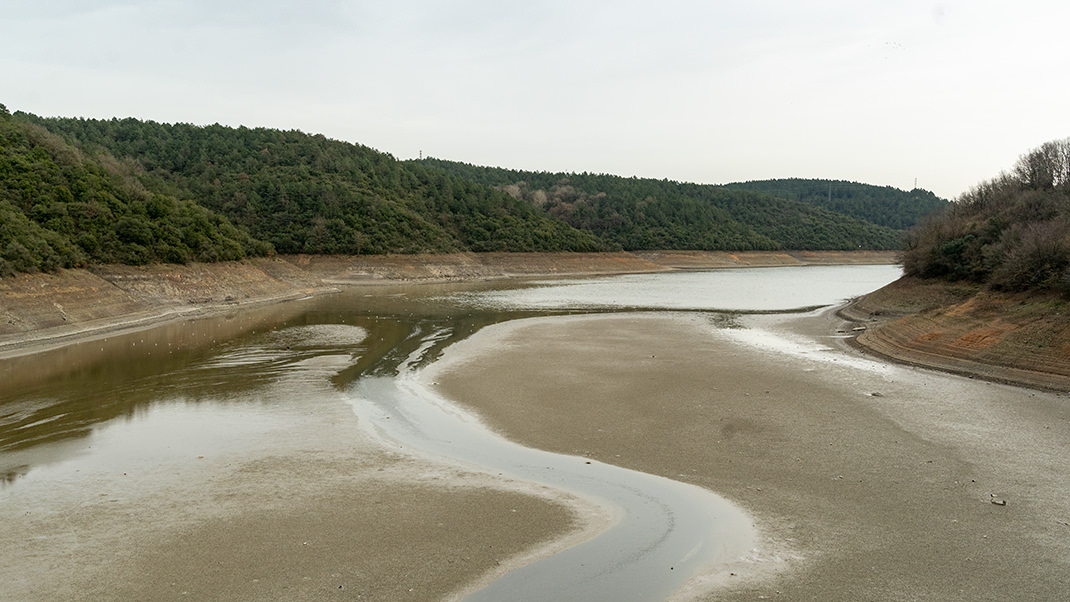
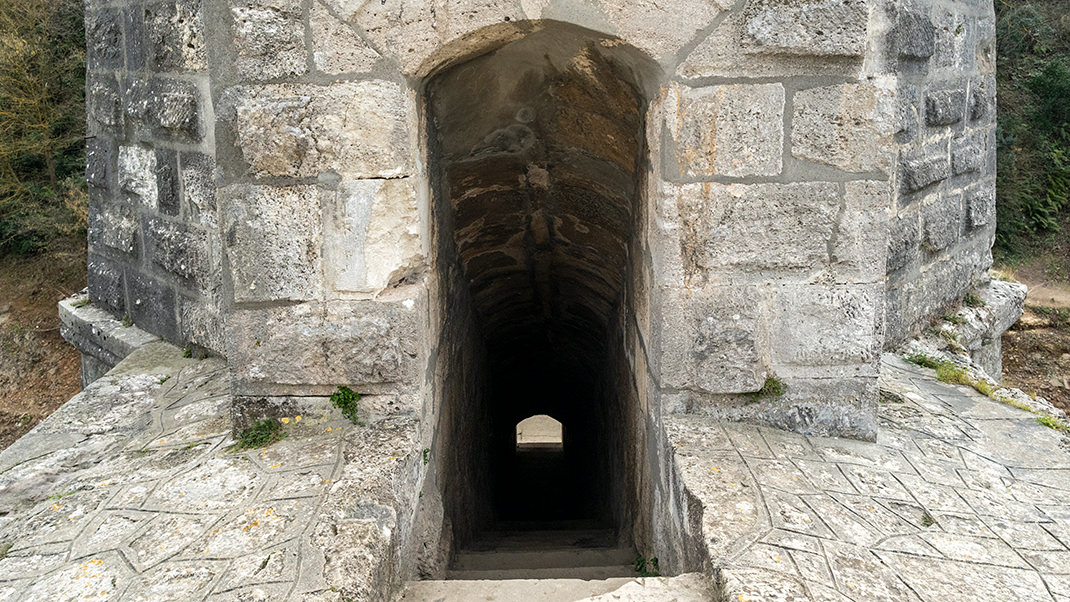
One distinctive feature of the construction is that visitors can climb to a certain height using small staircases, take a few shots there, and admire the surroundings. However, caution must be exercised as there are no railings. If you cross to the southern shore of the reservoir, you can find an entrance to the channel inside the structure through which water once flowed.
Route to the Aqueducts
You can reach the Mağlova and Güzelce Kemer Aqueducts by car, but if you decide to do it in one day, you'll need to spend a considerable amount of time as the convenient approaches to each structure are located on different sides of the Alibey Reservoir.
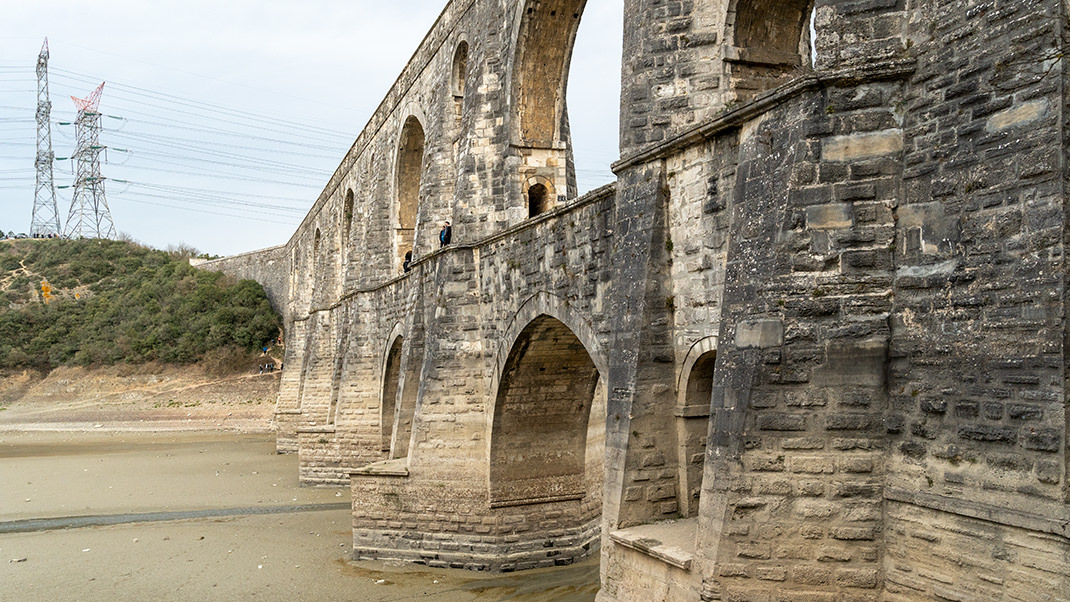
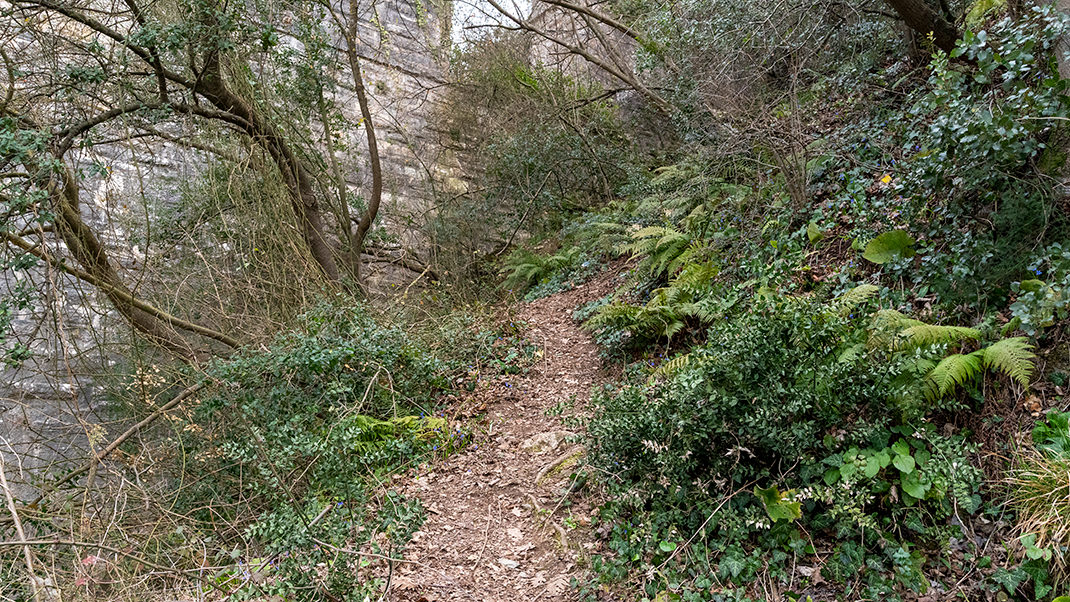
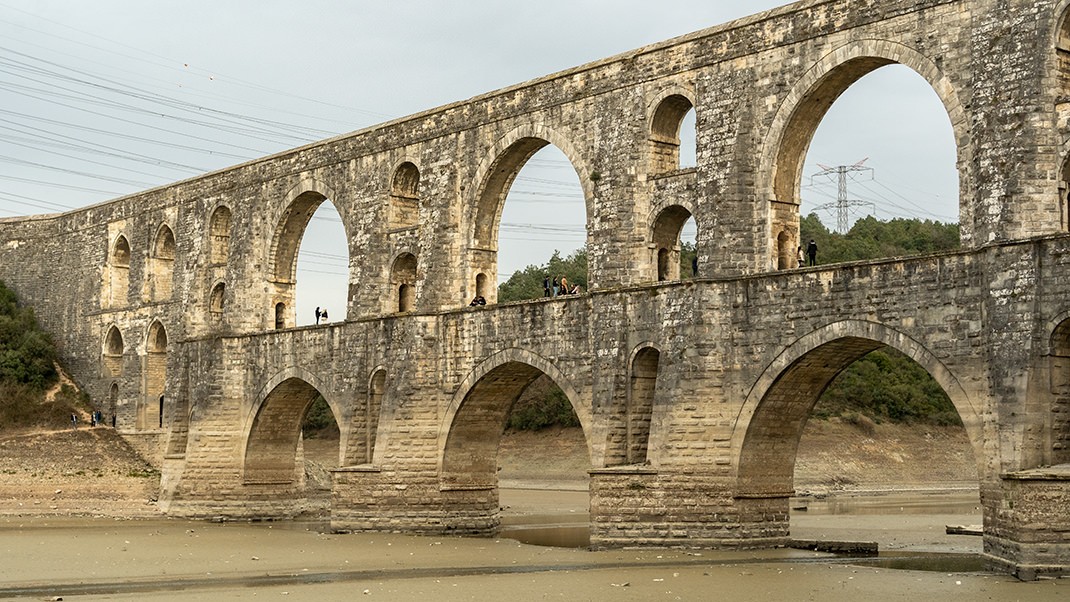
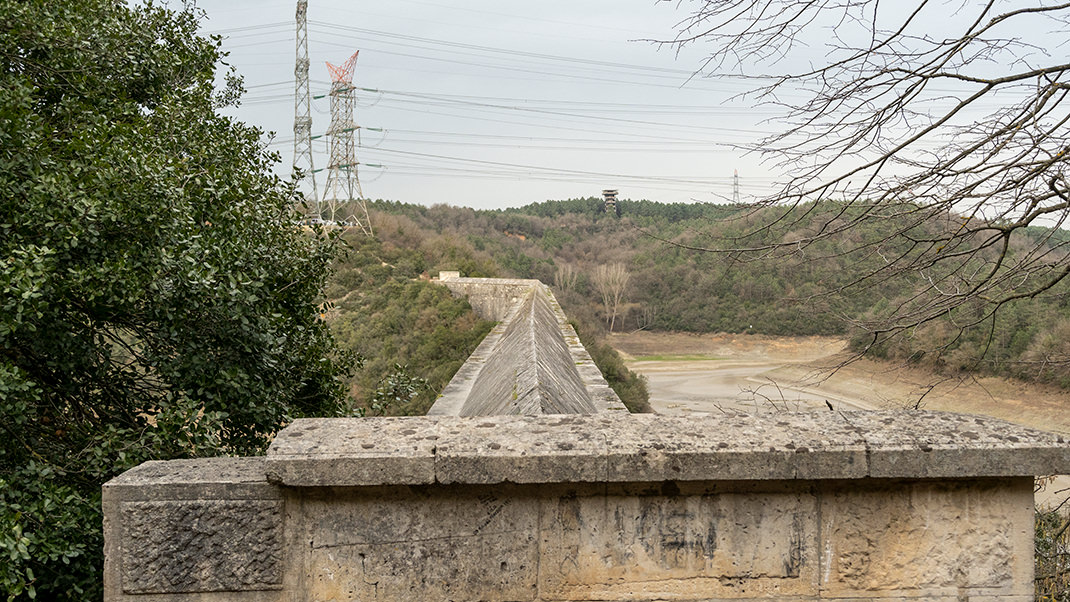
We chose the option of walking from one aqueduct to the other. The route took several hours, covering approximately 12.5 kilometers. The starting point of the walk is the Kemerburgaz station. The path to the Mağlova Aqueduct passes through a landscaped park with the same name. Here, you can follow the signs for guidance.
Near the southern end of the aqueduct, there is a pedestrian trail that leads to the next point of the route, the Güzelce Kemer Aqueduct. It is convenient to navigate using online maps. When planning your trip, it's worth considering the topography of Istanbul, as the route between the attractions will pass through high hills.
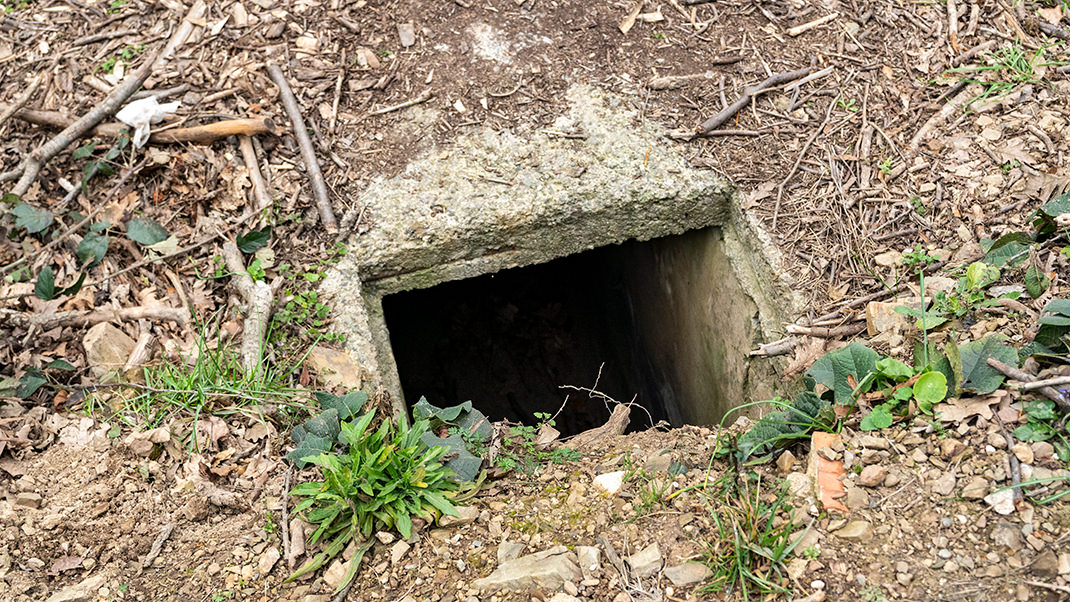
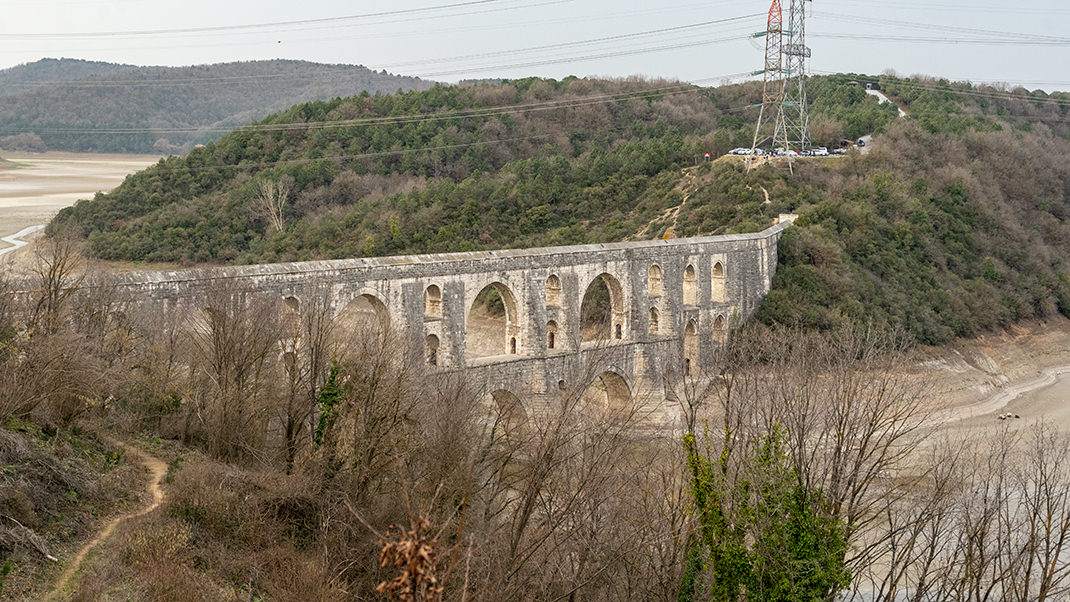
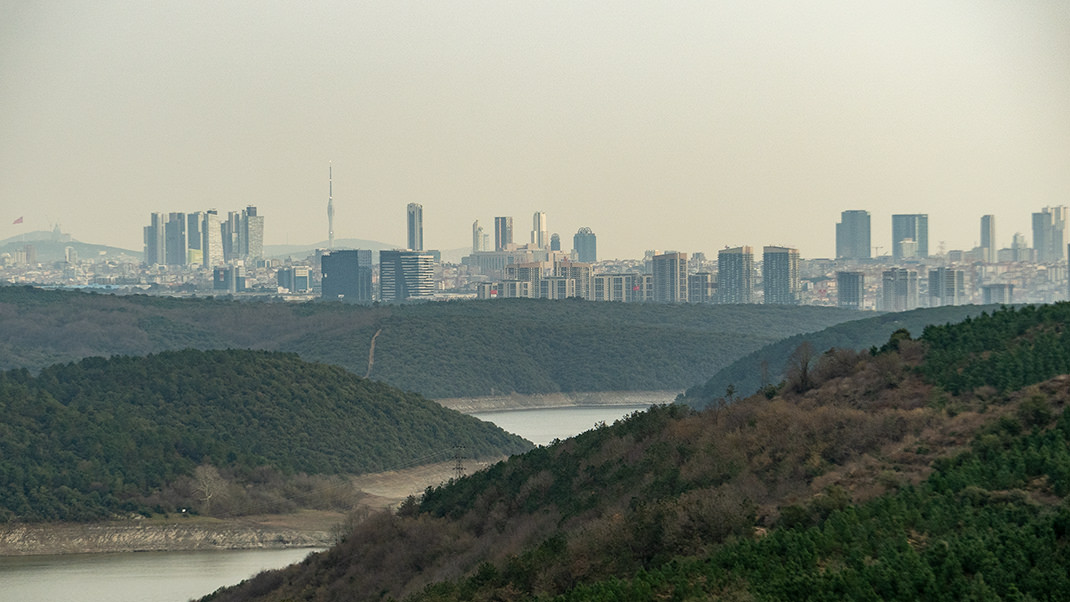
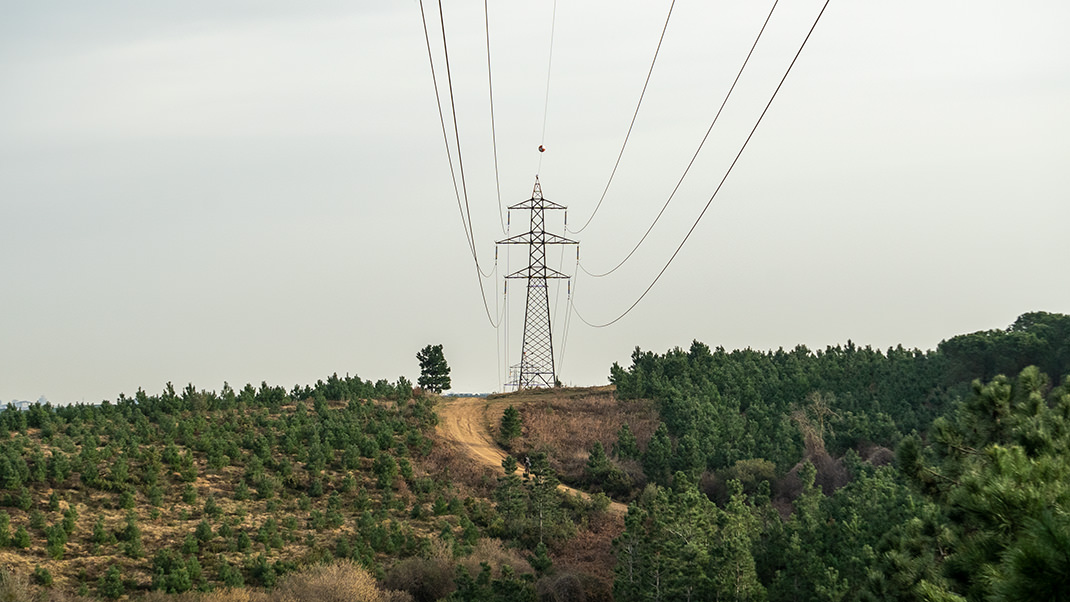
The two aqueducts I have mentioned in these articles are just a small part of a vast hydro-technical system of the past. If desired, one can plan their journey to visit a greater number of interesting structures. As I bid farewell, I would like to share a link with you to a story about the underground palace Palatium Magnaura. It is another unique attraction of ancient Istanbul.
Have a nice trip!


